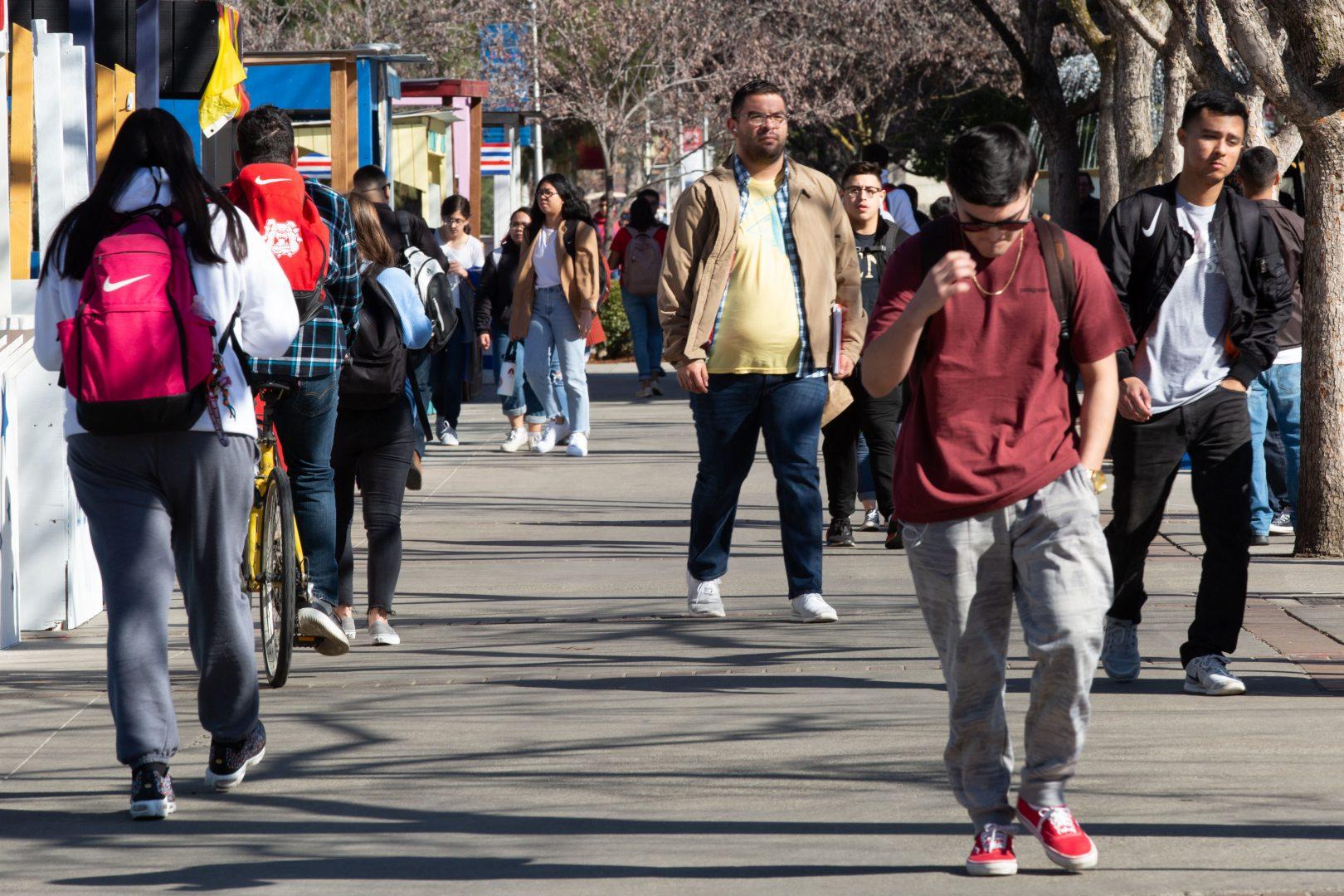Proposition 16, a ballot measure reinstating affirmative action, was rejected by California voters earlier last month.
The proposition would have allowed public universities to consider race, gender, sex, ethnicity or national origin in admissions and hiring.
Prop. 16, if passed, would have repealed Proposition 209, which banned the use of affirmative action involving race-based or sex-based preferences in California.
After over 16 million votes were counted, 57.2% of citizens voted no on the proposition, while another 42.8% voted yes on the issues.
“I was actually kind of surprised that it didn’t pass given that California is a majority-minority state and that people spent the entire summer demonstrating for more social justice and civil rights policy reform following repeated instances of police brutality against communities of color,” said Kenneth Hansen, a Fresno State political science professor.
Hansen said that the law and constitutional amendment that Prop. 16 was trying to change, which was Prop. 209 seems anachronistic and outdated, since it passed before California became a majority-minority state.
“This is disappointing, as Prop. 16 would have afforded opportunities for women and for people of color that are still denied them today,” said John Beynon, Fresno State English professor and president of the California Faculty Association (CFA) – Fresno Chapter.
A possible reason Prop. 16 did not pass is the fact that voters might have misunderstood what affirmative action means, Hansen said.
“Often citizens vote against propositions if they don’t understand the main goal, or if they [propositions] are too confusing,” Hansen said.
While the denial of affirmative action is disheartening to Fresno State faculty, Fresno State students feel conflicted about the situation.
“I feel mixed [about it], but [I] lean more towards not liking Prop. 16; because it strikes out the anti-discrimination language in the California Constitution,” Fresno State senior Glen Martin said.
“I would rather have a different measure proposed delineating what it would do, instead of striking out anti-discrimination language in the California Constitution.”
The California State University system, however, was in favor of Prop.16.
Lt. Gov. Eleni Kounalakis, an ex officio member of the CSU Board of Trustees, told EdSource, “if Prop. 16 passed then it would remove the roadblock that is Prop. 209, and it will give us tools to continue to fight for inclusivity in education and hiring.”
Fresno State President Dr. Joseph I. Castro also said he supported Prop. 16 in an interview with CalMatters.
“I would like to have the tool to be able to admit more students of color who have great promise but maybe they’ve had struggles and we have not been able to admit them because of the constraints around Proposition 209,” Castro said to CalMatters.
For some first-time voters, Prop. 16 was the most difficult decision on the ballot.
“Prop. 16 was one that I took forever to decide. As this was my first year voting, I wanted to make sure to thoroughly read about both sides of a proposition before making a conclusion,” said Lindsay Sano, a Fresno State junior.
Sano said that she ultimately voted no on Prop. 16 because she did not believe race, sex, ethnicity or race should determine enrollment or employment. However, Sano said that she agrees with both sides and does not have a strong stance on the issue.
For the CSU system, the failure to restore affirmative action means that race will still not be considered as a criteria for admissions and hiring. However, that is not always a positive outlook, as is the case in Fresno State.
“There are far fewer faculty of color than white faculty at Fresno State, and this means that faculty of color bear a greater burden of mentoring students of color who look to them as role models,” Beynon said.
According to College Factual, 52.5 percent of faculty are white, 21.6 percent are Hispanic/Latino, 11.6 percent are Asian, 4.2 percent are African American, .05 percent are American Indian or Alaskan Native and .1 percent of the faculty’s population are Native Hawaiian and Pacific Islander.
Beynon said that women and faculty of color are taxed throughout the CSU system; this means that they are expected to do the diversity work of the university, often without proper recognition or compensation.
Faculty members are concerned that there are not enough policies that benefit students and professors of color. And without affirmative action, universities lost the opportunity to aid those who have been historically underrepresented.
“It isn’t enough to say, ‘Oh, I’m not racist,’ ” Beynon said. “We have to be actively anti-racist, and that means changing the very structures, policies and practices of our university.”
Affirmative action gets a misleading reputation; faculty members see significant advantages in implementing this policy.
“Affirmative action allows businesses and other institutions to consider race and gender as factors — among many other factors — that a hiring committee could consider. This is a means of reversing the long history of racial and gender discrimination,” Beynon said.
Hansen said that “for colleges and universities, this can mean a faculty and student body that is more representative of the community at large.”
According to Hansen, implementing affirmative action is complicated, but it can improve the well-being of those underrepresented in the CSU system if done effectively.
For instance, in the Regents of the University of California v. Bakke (1978) decision, the Supreme Court ruled that affirmative action was constitutional, however, the use of racial quotas was invalidated.
“If implemented correctly, it can be a valuable recruiting tool for public, private, and nonprofit organizations,” Hansen said. “If wrongly implemented, it can be discriminatory if it is seen as violating the Regents of University of California v. Bakke decision. The devil is always in the details.”





